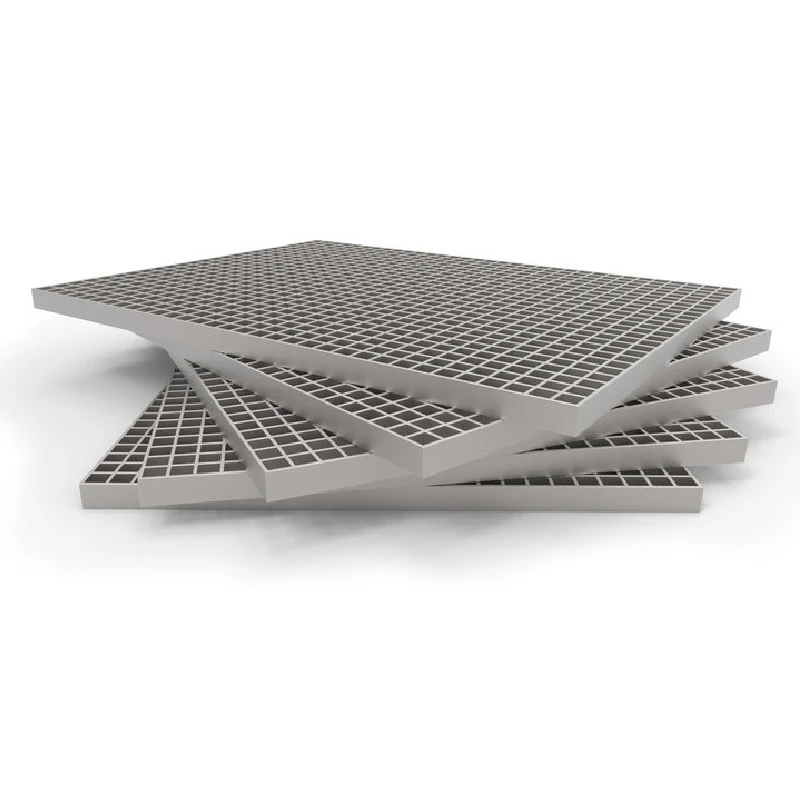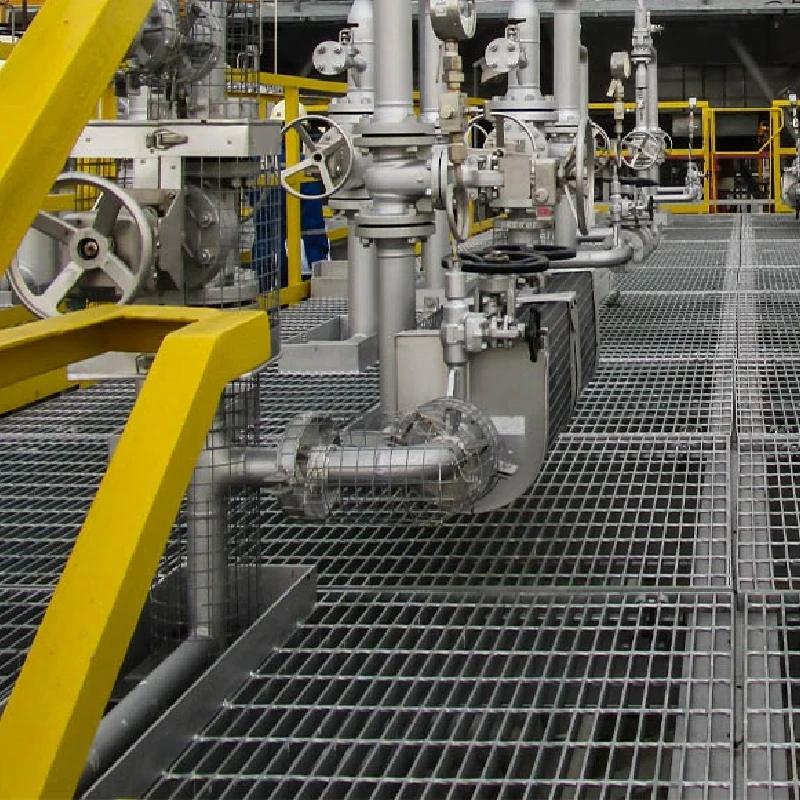- Industrial zone, South of Anping Town, Hengshui, Hebei, China.
- sales@hfpetromesh.com
- +86-18931809706
 Afrikaans
Afrikaans  Albanian
Albanian  Amharic
Amharic  Arabic
Arabic  Armenian
Armenian  Azerbaijani
Azerbaijani  Basque
Basque  Belarusian
Belarusian  Bengali
Bengali  Bosnian
Bosnian  Bulgarian
Bulgarian  Catalan
Catalan  Cebuano
Cebuano  Corsican
Corsican  Croatian
Croatian  Czech
Czech  Danish
Danish  Dutch
Dutch  English
English  Esperanto
Esperanto  Estonian
Estonian  Finnish
Finnish  French
French  Frisian
Frisian  Galician
Galician  Georgian
Georgian  German
German  Greek
Greek  Gujarati
Gujarati  Haitian Creole
Haitian Creole  hausa
hausa  hawaiian
hawaiian  Hebrew
Hebrew  Hindi
Hindi  Miao
Miao  Hungarian
Hungarian  Icelandic
Icelandic  igbo
igbo  Indonesian
Indonesian  irish
irish  Italian
Italian  Japanese
Japanese  Javanese
Javanese  Kannada
Kannada  kazakh
kazakh  Khmer
Khmer  Rwandese
Rwandese  Korean
Korean  Kurdish
Kurdish  Kyrgyz
Kyrgyz  Lao
Lao  Latin
Latin  Latvian
Latvian  Lithuanian
Lithuanian  Luxembourgish
Luxembourgish  Macedonian
Macedonian  Malgashi
Malgashi  Malay
Malay  Malayalam
Malayalam  Maltese
Maltese  Maori
Maori  Marathi
Marathi  Mongolian
Mongolian  Myanmar
Myanmar  Nepali
Nepali  Norwegian
Norwegian  Norwegian
Norwegian  Occitan
Occitan  Pashto
Pashto  Persian
Persian  Polish
Polish  Portuguese
Portuguese  Punjabi
Punjabi  Romanian
Romanian  Russian
Russian  Samoan
Samoan  Scottish Gaelic
Scottish Gaelic  Serbian
Serbian  Sesotho
Sesotho  Shona
Shona  Sindhi
Sindhi  Sinhala
Sinhala  Slovak
Slovak  Slovenian
Slovenian  Somali
Somali  Spanish
Spanish  Sundanese
Sundanese  Swahili
Swahili  Swedish
Swedish  Tagalog
Tagalog  Tajik
Tajik  Tamil
Tamil  Tatar
Tatar  Telugu
Telugu  Thai
Thai  Turkish
Turkish  Turkmen
Turkmen  Ukrainian
Ukrainian  Urdu
Urdu  Uighur
Uighur  Uzbek
Uzbek  Vietnamese
Vietnamese  Welsh
Welsh  Bantu
Bantu  Yiddish
Yiddish  Yoruba
Yoruba  Zulu
Zulu
- Afrikaans
- Albanian
- Amharic
- Arabic
- Armenian
- Azerbaijani
- Basque
- Belarusian
- Bengali
- Bosnian
- Bulgarian
- Catalan
- Cebuano
- Corsican
- Croatian
- Czech
- Danish
- Dutch
- English
- Esperanto
- Estonian
- Finnish
- French
- Frisian
- Galician
- Georgian
- German
- Greek
- Gujarati
- Haitian Creole
- hausa
- hawaiian
- Hebrew
- Hindi
- Miao
- Hungarian
- Icelandic
- igbo
- Indonesian
- irish
- Italian
- Japanese
- Javanese
- Kannada
- kazakh
- Khmer
- Rwandese
- Korean
- Kurdish
- Kyrgyz
- Lao
- Latin
- Latvian
- Lithuanian
- Luxembourgish
- Macedonian
- Malgashi
- Malay
- Malayalam
- Maltese
- Maori
- Marathi
- Mongolian
- Myanmar
- Nepali
- Norwegian
- Norwegian
- Occitan
- Pashto
- Persian
- Polish
- Portuguese
- Punjabi
- Romanian
- Russian
- Samoan
- Scottish Gaelic
- Serbian
- Sesotho
- Shona
- Sindhi
- Sinhala
- Slovak
- Slovenian
- Somali
- Spanish
- Sundanese
- Swahili
- Swedish
- Tagalog
- Tajik
- Tamil
- Tatar
- Telugu
- Thai
- Turkish
- Turkmen
- Ukrainian
- Urdu
- Uighur
- Uzbek
- Vietnamese
- Welsh
- Bantu
- Yiddish
- Yoruba
- Zulu
High-Quality Painted Steel Grating Anti-Rust & Durable
- Introduction to painted steel grating
performance metrics - Critical technical advantages over conventional alternatives
- Comparative analysis of top manufacturers
- Customization specifications and engineering considerations
- Industry applications and load requirements
- Maintenance protocols and service life extension
- Concluding assessment of painted steel grating solutions

(painted steel grating)
Performance Metrics of Modern Painted Steel Grating
The engineering properties of painted steel grating deliver quantifiable advantages in structural applications. With a minimum yield strength of 36 ksi and ultimate tensile strength ranging from 58-80 ksi, these platforms withstand concentrated loads of up to 12,000 lbs in industrial settings. The fusion-bonded epoxy coating creates a chemically inert surface resisting corrosion rates below 0.2 mils/year in chloride-rich environments. Modern powder coating techniques apply 10-12 mil thick protective layers that maintain integrity after 2,500 hours of salt spray testing per ASTM B117 standards. Additionally, the open-grid structure facilitates 85% drainage efficiency, significantly outperforming solid decking alternatives.
The Robust Technical Advantages
Structural integrity begins with ASTM A36 carbon steel panels formed through precision cold-working processes that enhance grain structure density. The powder coating application occurs after triple-stage surface preparation - chemical pre-treatment, zinc phosphating, and chromate conversion coating - creating molecular-level adhesion. This preparation contributes to coating warranties typically spanning 15-20 years against UV degradation and chemical wear. The grating's modular design achieves remarkable strength-to-weight ratios; 1-inch deep panels weigh just 15 lbs/sq ft yet support 4,000 lb forklift traffic. Safety enhancements include non-slip grit additives increasing surface friction coefficients by 300% compared to untreated metal.
Manufacturer Comparison Analysis
| Specification | Greatweld Steel Grating | Borden Steel Grating | Industry Average |
|---|---|---|---|
| Maximum Panel Span | 10 ft (with 25 psf load) | 8.5 ft (with 25 psf load) | 7 ft |
| Coating Warranty | 20 years | 15 years | 12 years |
| Custom Tolerance | ±1/16 inch | ±1/8 inch | ±1/4 inch |
| Lead Time (Custom) | 3 weeks | 5 weeks | 6 weeks |
| Chemical Resistance | pH 1-14 | pH 3-11 | pH 4-10 |
Greatweld's proprietary TPV-coat technology demonstrates a 40% longer service life in accelerated weathering tests compared to standard polyester coatings. Both manufacturers surpass commercial building codes with Borden grating achieving 150% of OSHA fall protection requirements.
Configuration Specifications
Customization adaptability addresses unique architectural constraints with panel fabrication tolerances held within ±0.5mm. Standard dimensions include 3m × 6m panels with thickness options spanning 30mm to 100mm. Bar configurations range from 20×3mm flat profiles to 25×5mm serrated variants depending on drainage and slip resistance requirements. For unique structures like curved staircases, panel segmentation follows radii down to 3m without compromising structural integrity. Integration solutions include three connection methodologies: bolt-down kits with galvanized anchor points, welded retaining bars, and patented friction-lock systems for temporary installations requiring reconfiguration flexibility.
Application-Specific Implementations
Within water treatment facilities, grating systems withstand constant exposure to hydrogen sulfide concentrations exceeding 50ppm while supporting cleaning apparatus exceeding 1,500 kg. A recent refinery installation implemented corrosion-resistant units across 10,000m² of elevated walkways exposed to sulfuric acid vapors, reducing maintenance costs by 65% annually. Offshore platforms require marine-grade configurations with aluminum-enhanced paints preventing saltwater degradation for over 15 service years without recoating. Bridge applications incorporate UV-stabilized finishes maintaining Lab color values within ΔE≤2 through decade-long sun exposure cycles.
Maintenance Protocols
Preventative maintenance cycles occur at 5-year intervals for visual inspection and coating adhesion testing per ASTM D6677 standards. Cleaning protocols require neutral pH detergents eliminating biological growth without compromising epoxy integrity. Thermal imaging identifies early-stage fatigue points in load-bearing members before deflection exceeds L/360 safety margins. For high-abrasion zones in manufacturing plants, sacrificial wear bars installed at 5m intervals extend system longevity beyond 30 years. Recoating procedures recommend profile retention methods with surface preparation maintaining average peak heights of 1.5-3.0 mils before reapplying protective layers.
Future-Proof Benefits of Painted Steel Grating
Long-term operational advantages position painted steel grating as an engineering investment rather than temporary infrastructure. Life cycle cost analyses demonstrate 35-50% savings compared to alternative materials when factoring in minimal maintenance and 50-year service potential. Sustainability metrics include 95% recyclability post-service-life and manufacturing processes consuming 60% less energy than comparable aluminum platforms. With recent advancements in hybrid fluoropolymer coatings enabling 25-year maintenance-free operation in chemical plants, painted steel grating maintains its position as the high-performance solution for structural applications demanding uncompromised safety and durability standards.

(painted steel grating)
FAQS on painted steel grating
Q: What is painted steel grating?
A: Painted steel grating refers to steel grating coated with protective paint for enhanced corrosion resistance and aesthetic appeal. This finish ensures durability in various environments while offering customizable colors.Q: Why choose Greatweld steel grating?
A: Greatweld steel grating stands out for its high-quality paint application, providing superior weather resistance and anti-slip properties. It's ideal for industrial safety platforms and long-term outdoor use.Q: Where is Borden steel grating commonly used?
A: Borden steel grating is typically applied in industrial walkways, stair treads, and drainage covers, where its painted surface ensures both structural integrity and visual suitability. It excels in wet or corrosive settings.Q: What are the benefits of painted steel grating?
A: Painted steel grating offers excellent rust prevention and color customization, making it cost-effective and versatile. It also maintains a clean appearance in architectural and public spaces.Q: Can painted steel grating be customized?
A: Yes, painted steel grating from brands like Greatweld and Borden can be customized in size, pattern, and paint color. This flexibility allows it to meet specific project requirements for strength and design.-
Unlocking Efficiency with Premium Shaker ScreensNewsAug.05,2025
-
Safety and Style with Metal Grate WalkwayNewsAug.05,2025
-
Optimize Operations with Shaker Screen SolutionsNewsAug.05,2025
-
Enhance Your Space with Steel GratingNewsAug.05,2025
-
Durability with Concrete Weight Coating MeshNewsAug.05,2025
-
Discover the Power of Perimeter Safety NetNewsAug.05,2025